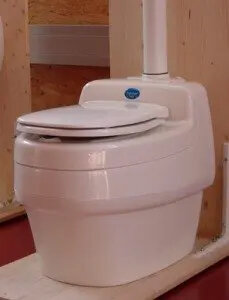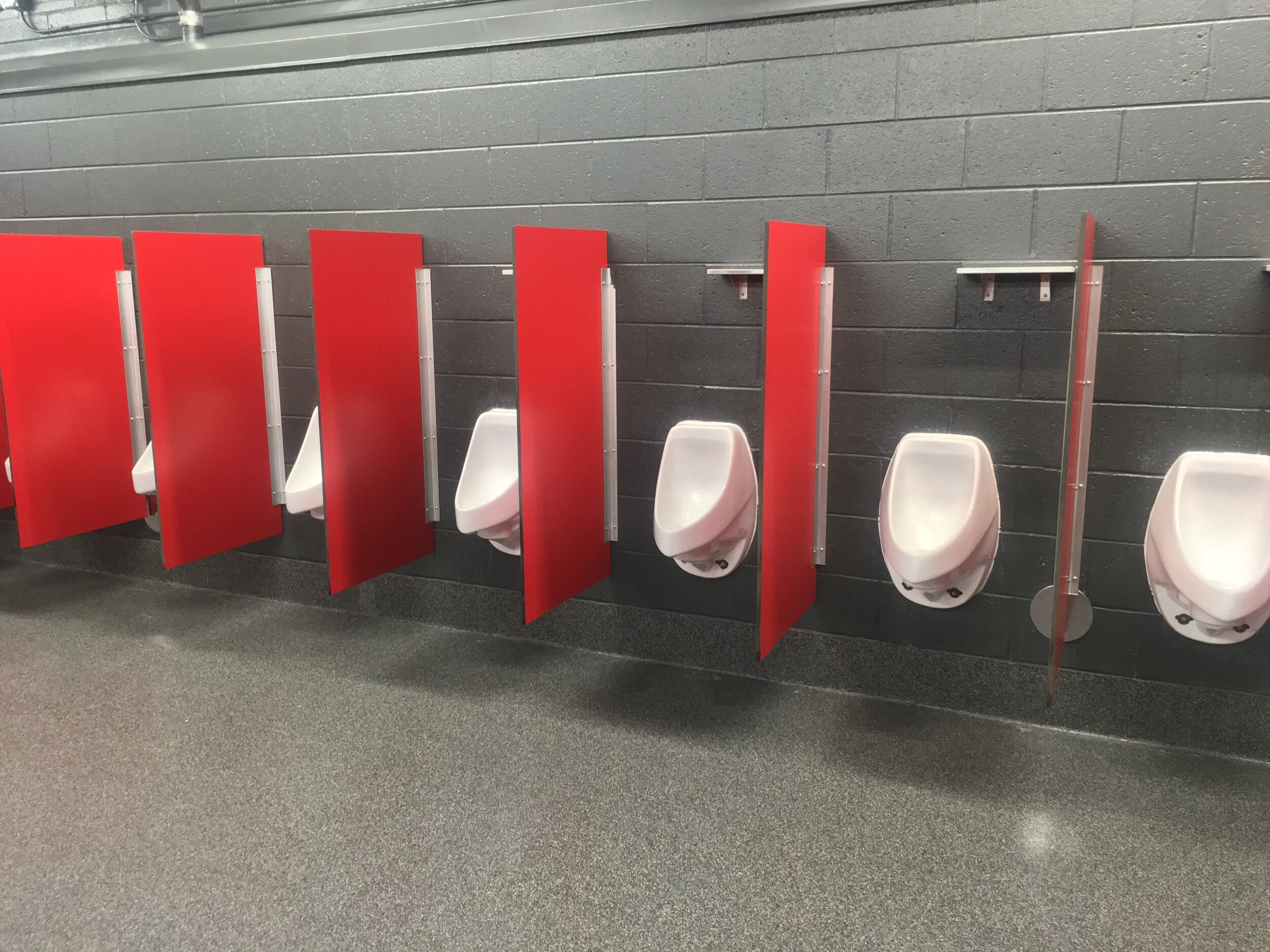When we hear the words "low impact," what often comes to mind is different types of cardio machines in a gym. A low-impact cardio machine allows us to exercise, but with less impact on bones, tendons, knees, and joints compared to other types of cardio machines.
Of course, these words are used in other realms as well, especially the environment.
For instance, the official definition of green cleaning products is that they have a reduced impact on the environment compared to traditional cleaning solutions. In other words, they have a low or lower impact on the environment when compared to other cleaning products.
Today, we are starting to hear this term applied to restrooms, specifically the toilets and urinals in a restroom. For instance, a low-impact toilet uses far less water than a traditional toilet, especially one that is several years old.
According to an article in the San Francisco Gate newspaper, in homes, toilets account for about 30 percent of all the water used in the average home. If all those toilets were replaced with low-impact toilets, which use far less water, "it would save more than two billion gallons of water per day." (Italics added.)
Along with toilets that use about 1.6 gallons of water per flush, some other forms of low, or at least reduced impact toilets, include the following:
Image: compostingtoiletsusa.com
Composting toilets. Just small amounts of water are used with these toilets, just enough to allow aerobic bacteria to break down waste. The "finished product" can then be buried or hauled away.
Recirculating toilets. These toilets do not use water, a significant savings. Instead, they use mineral oil. "Solid and liquid waste is separated and filtered out of the oil medium and stored for later removal," according to the newspaper, "while the oil is recycled back into the toilet for reuse."
Toilets on fire. Yes, you read that right. Incinerating toilets use a heating chamber to burn waste after every use. They can reduce the amount of waste after each use into a tablespoon of sterile ash. While these are low-impact toilets because they do not use water and reduce waste so significantly, they do require gas or electricity for the fire and do create some air pollution.
Low Impact Urinals
A low impact urinal is one that also uses as little water as possible. Possibly, the easiest way to explain what a low impact urinal is, is to describe what it is not, such as the following:
· Any urinal manufactured before 1992. Surprisingly, there are still many of these around. Before 1992, there were few regulations as to how much water a urinal could use per flush. As a result, these urinals often used several gallons of water per flush.
· Many urinals more than ten years old. The problem with older urinals is that they tend to use more water per flush with age. Unless the flush mechanisms have been updated, they may not be releasing 1 gallon of water with each flush as they were when manufactured. The pressure may be higher – releasing more water - or lower, releasing too little water, often requiring more than one flush to remove waste.
Today, there are only two types of low impact urinals:
Urinals that use about a half-gallon of water per flush. These are found primarily in California, which now requires them with new installations. While these are considered low impact urinals, because they still do use water, many refer to them as "reduced" impact urinals.
Urinals that use no water at all. Waterless urinals are the ultimate low impact restroom fixture because they use no water whatsoever. Further, these low impact urinals do not produce any air pollution, need mineral oil, or fire. Instead, they work with no impact at all on the environment.

























